Spencer Crews
Recently retired, Spencer Crews is still active with the garden that, as its executive director for 23 years, he helped build. Mr. Crews brought Lauritzen Gardens into the CPC network to ensure their conservation program was adopting the highest standards, and as a board trustee, he looks forward to welcoming more institutions into the fold.
Where did you grow up? What is your favorite hometown plant?
I grew up in St. Louis, Missouri where I spent many happy hours at the Missouri Botanical Garden participating in their summer youth programs. My favorite hometown plant is the bald cypress (Taxodium distichum), which I first remember admiring at the garden because of its delicate gracefulness and great size.
When did you first fall in love with plants?
I cannot remember a time when I did not love plants. Even at a very young age I was growing plants on a basement window ledge that I had learned how to “start” from my grandmother. It seemed almost like magic that you could take a small piece of a plant and start a new one from it. It still seems pretty amazing to me today even though I understand the process.
What was your path to becoming Director of a botanical garden (i.e., education, career path)?
My career path has been a combination of positions in the fields of landscape architecture and horticulture, including the opportunity to work for Missouri Botanical Garden (St. Louis, MO), Longwood Gardens (Kennett Square, PA) and Powell Gardens (Kansas City, MO). The majority of my career, 23 years, has been as the Executive Director for Lauritzen Gardens. Academically, I studied horticulture at Longwood Gardens, landscape architecture at Iowa State University and public administration at the University of Missouri, Kansas City.
When you aren’t busy saving plants, what do you like to do with your free time?
My favorite free time activity is my annual winter escape to the Cayman Islands where I can flee the long, cold and colorless Nebraska winters by exploring the beauty of the underwater natural world and taking in all the vibrant colors of the tropical environment.
When did your garden become a CPC Participating Institution? Do you know – and can you share – the impetus for joining?
Lauritzen Gardens began its plant conservation program in 2010 and two years later applied for membership as a Participating Institution with CPC. In 2013, we joined the other 38 PI’s to further the efforts of plant conservation nationwide.
The impetus for joining CPC was to participate with the leading plant conservation organization in North America in preserving the plants in our region. We wanted to adopt the highest standards and best practices in the field and CPC was our way of learning about them. The requirements to become a PI, to have board and staff commitment to the endeavor, also was instrumental in us establishing plant conservation as an integral part of the garden’s mission.
In your opinion, how has your garden benefited from being a CPC participating institution?
The opportunity to network with other professionals in the field has been the most valuable benefit of membership in CPC. Additionally, the garden’s involvement has given credibility to our programs and assisted us in establishing partnerships with other organizations and landowners.
What aspect of your garden and its work are you most proud of?
I am most proud of the garden itself. In two short decades the garden has grown from an undeveloped 70-acre site into an example of the regional beauty of the Great Plains.
What accomplishment are you most proud of achieving as Director of your garden?
Building the garden from the ground up to become an important asset for our community, state and region.
What is the biggest challenge you face as Director of your garden?
Introducing our community to the idea and benefits of building a botanical garden in Omaha, which had never had one before.
What do you think is the single most important thing your garden does to save plants?
We educate and inform our community and visitors of the importance of plant conservation. We advocate for plants and their place in the environment.
What is your favorite National Collection species?
The blowout penstemon (Penstemon haydenii) is such a beautiful plant that grows in a most inhospitable place. Its habitat is a disturbed sand dune, a blowout, which after a relatively short period of time will become stabilized and revegetated, thus no longer providing a suitable environment for the plant to survive. It sure demonstrates the meaning of the phrase “bloom where you are planted”, and it needs to do it quickly, before the blowout closes in.
Why do you think it is important for Garden Directors to be represented on the Board?
Garden directors can provide a valuable perspective to the board from the viewpoint of someone who is managing plant conservation efforts at our own institution. We are aware of the challenges our programs and not-for-profit organizations face and can advise other members of the board based on those experiences.
What prompted you to agree to become a Trustee for CPC? What unique perspective do you think you bring to the board?
I was happy to accept the invitation to join the board, which was extended to me by Dr. Peter Raven. It was an honor to be asked.
My unique perspective is from someone who has had the recent experience of working with our Director of Conservation, Jim Locklear, to conceive, initiate and institutionalize our plant conservation program.
What excites you the most for CPC moving forward?
The most exciting thing I see for the future of CPC is widening our network of participating institutions. I believe that the more organizations we can have be a part of CPC, the better positioned we are to “Save Plants”.
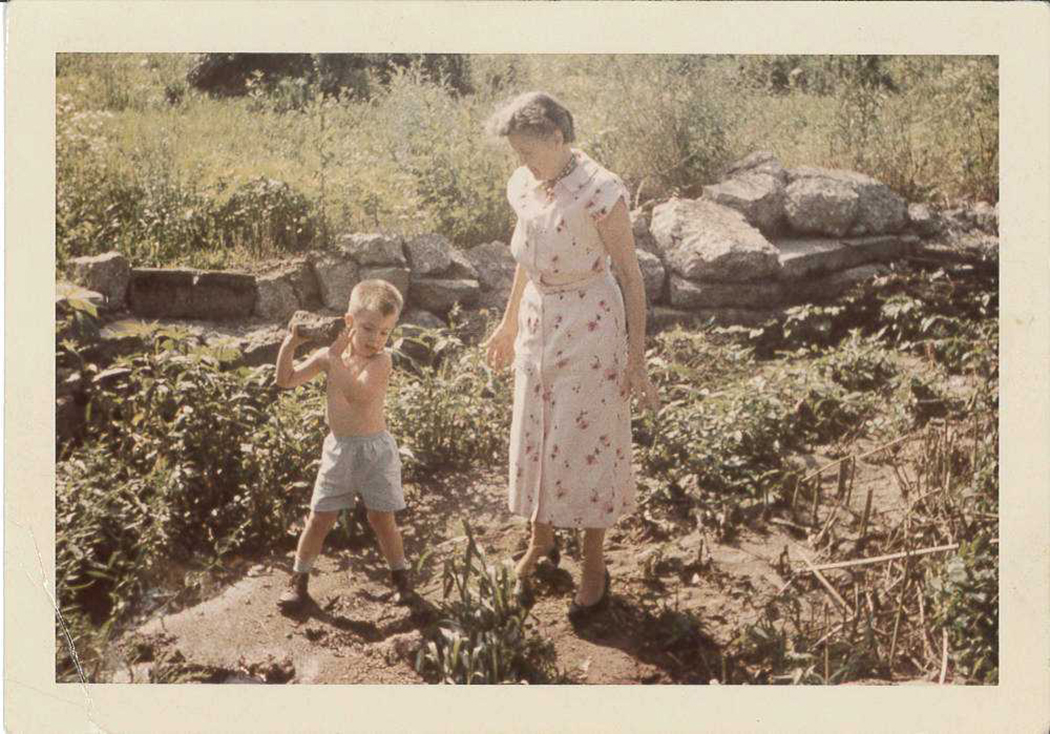
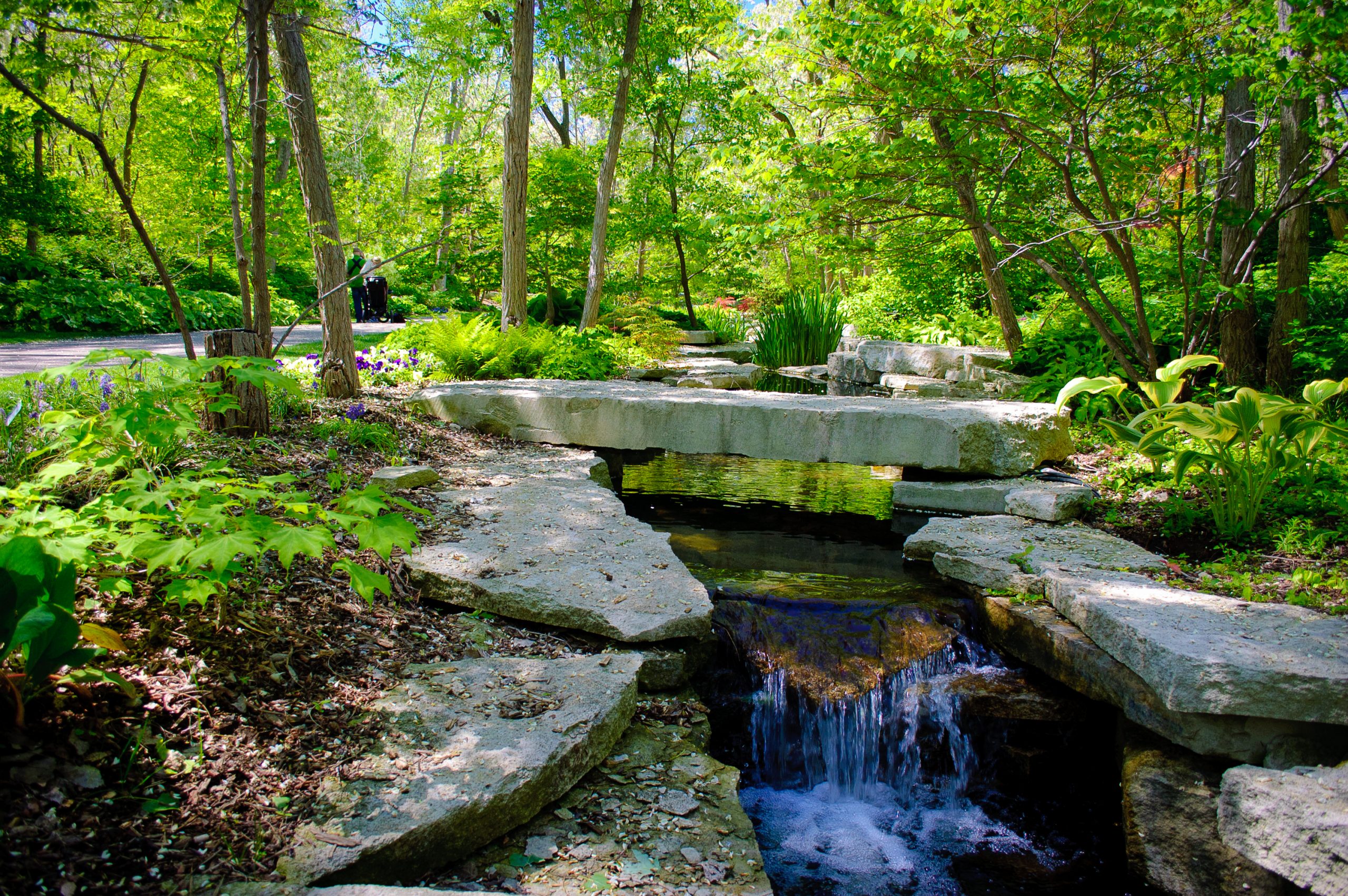
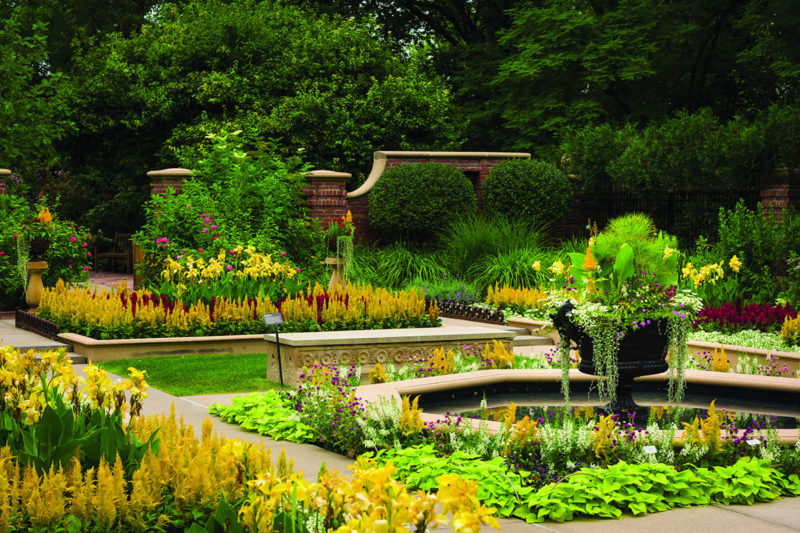
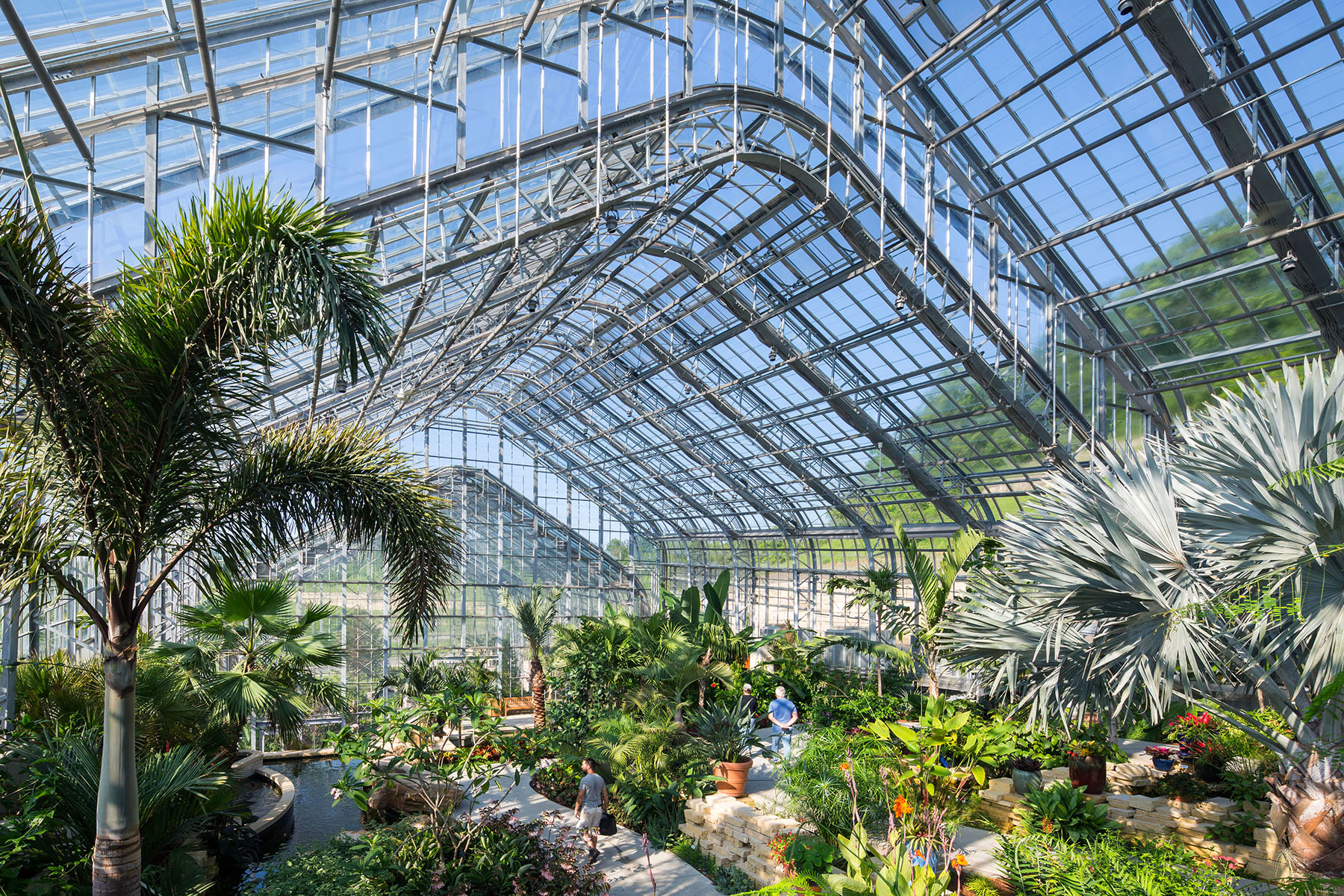
-
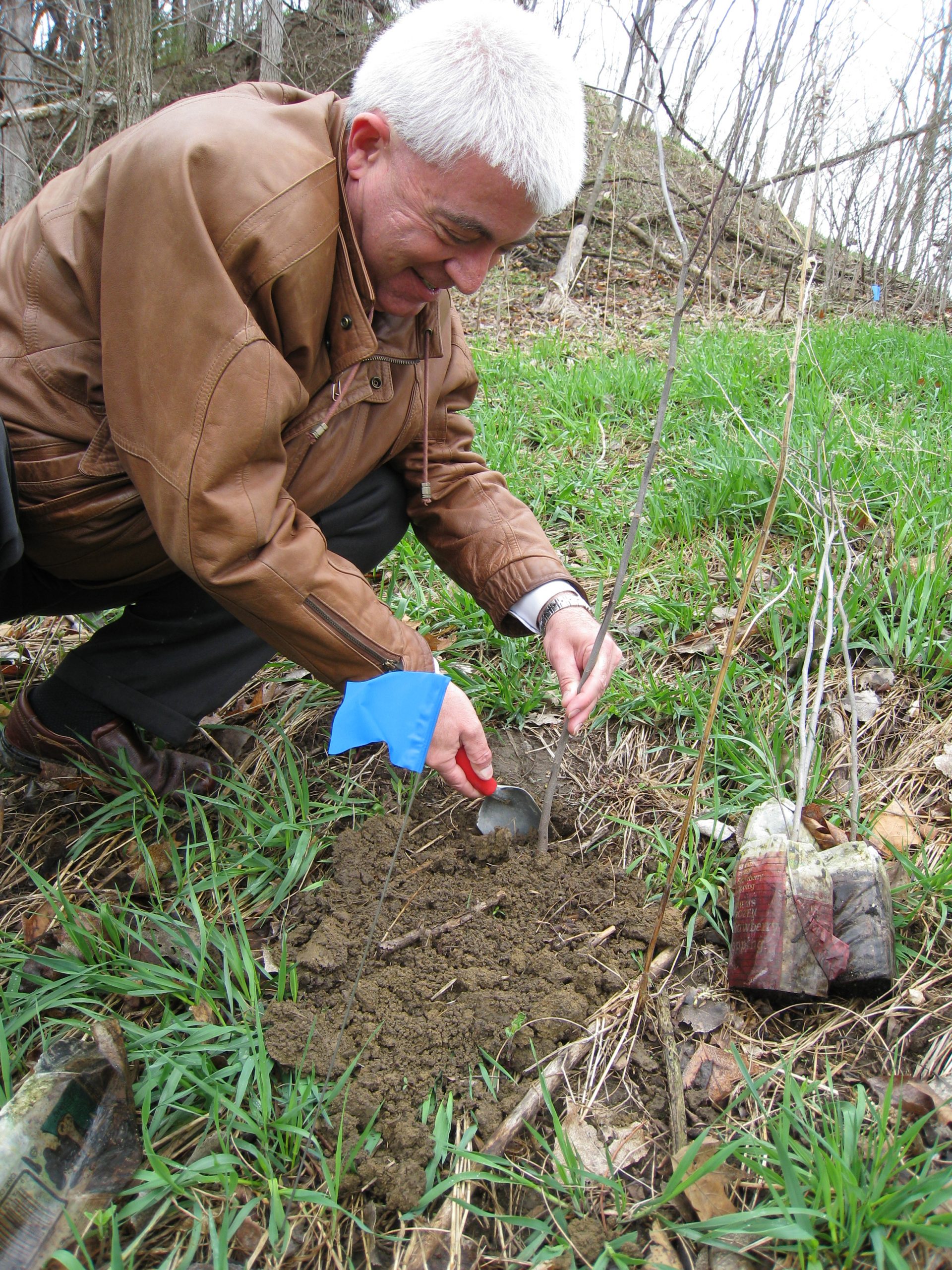
A boots-on-the-ground type, Spencer Crews was a hands-on director. -

The blowout penstemon (Penstemon haydenii) is an early colonizer of open sand dune habitats (blowouts) and is threatened by the decline in the processes that create this habitat. Photo credit: Mark Bellis, courtesy of Lauritzen Gardens. -
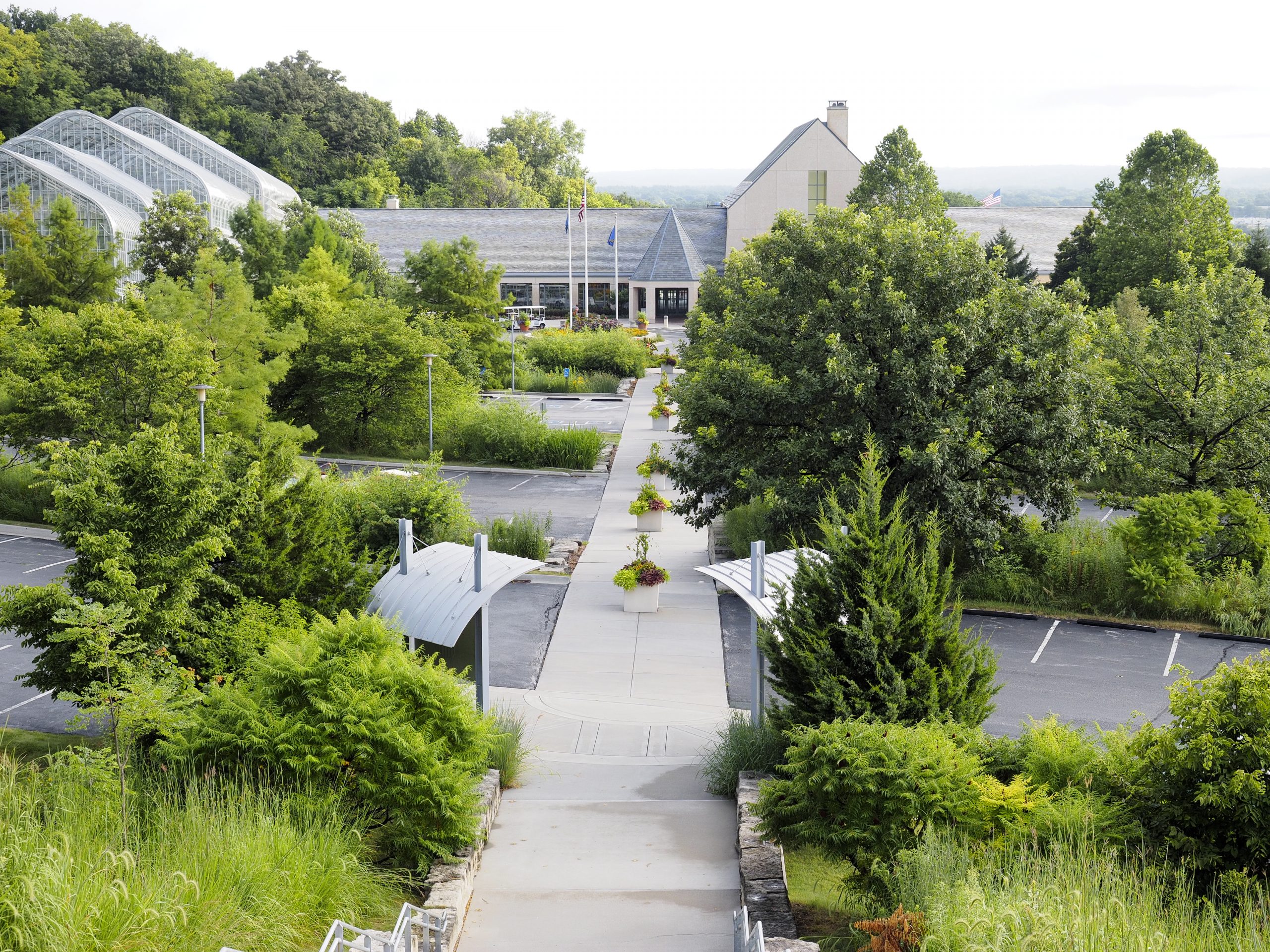
The Parking Garden at Lauritzen Gardens. Photo credit: Larry Fasnacht, courtesy of Lauritzen Gardens.